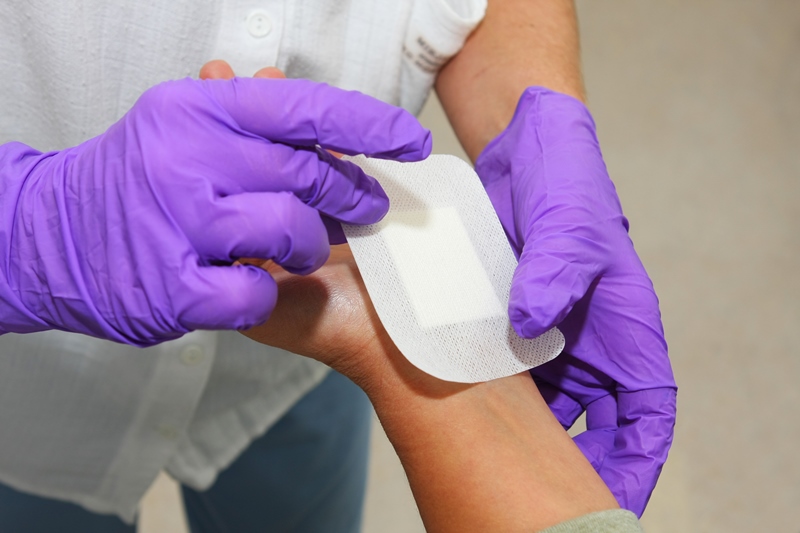Taken from the Latin word plaga, a wound is a lesion which appears with a breakage in the skin. It can occur following injury, or be the result of a progressive pathological process or underlying disease.
Page updated on 15 January 2024
Homepage » Understand wounds and wound healing » What is a wound?

They can be described as wounds that appear suddenly; such as burns and post-operative wounds related to surgery, or traumatic wounds, which can look like cuts, lacerations, bites, scratches, or can result from extreme weather conditions, as in the case of frostbite.
For these acute wounds, the physiological healing process takes between two and four week.
These wounds (leg ulcers, pressure ulcers or diabetic foot ulcers) are most often the result of an underlying disease or change in the patient’s general condition which delays the healing process. Their treatment requires local wound care, but also treatment of the underlying condition, which may be venous or arterial insufficiency, diabetes, or prolonged immobilisation associated with undernutrition and/or incontinence. These wounds take longer to heal (up to 210 days on average1) and are often recurring, which is why it is important to prevent relapse, especially in the case of venous leg ulcers. Age is also a risk factor for the appearance of wounds (due to the long progression of an underlying disease) and a less effective healing process.
Regardless of the level of damage to the various skin layers, each wound, acute or chronic, requires appropriate care and management. In effect, the slightest breakage in the skin exposes the human body to bacterial contamination and therefore to a risk of infection.
Each square centimetre of human skin contains 2.4 metres of blood vessels, mainly found in the dermis and the hypodermis. These layers are the deepest layers of the skin.
